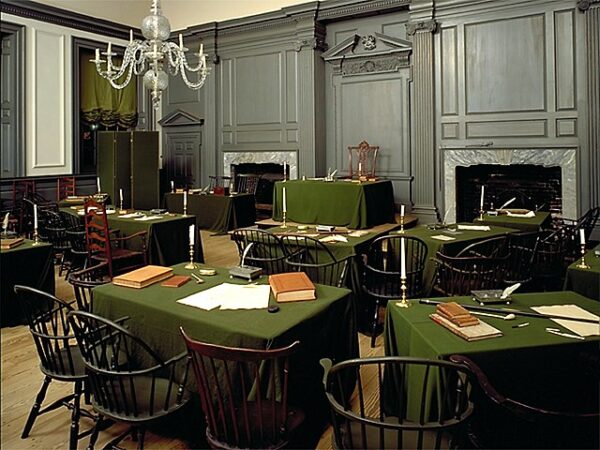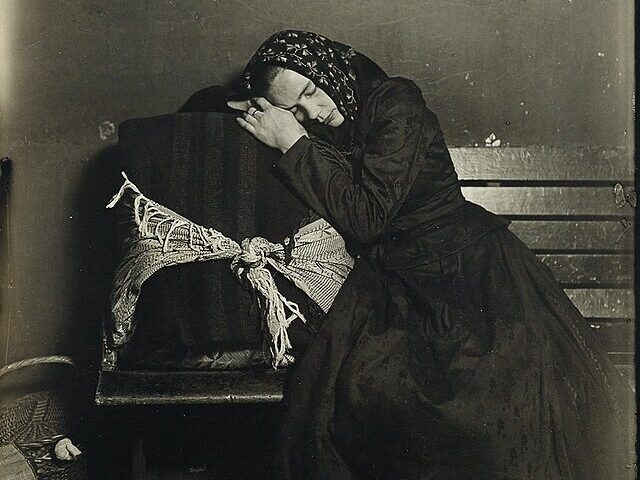On a warm summer day in 1775, as the tension between the American colonies and Great Britain simmered, the Second Continental Congress convened in the Pennsylvania State House. Inside, the air was thick with the weight of recent battles at Lexington and Concord, and the delegates knew they stood at a precipice. It was in this charged atmosphere, on July 8, that the Olive Branch Petition was signed, a last-ditch effort to avoid a full-scale war with Britain.
Authored by John Dickinson, the petition was a poignant appeal to King George III, symbolizing a desire for peace and reflecting the colonists’ hope to reconcile with the Crown despite the escalating conflict. The delegates sought to assert their loyalty to the king while making a clear case for the redress of their grievances. This delicate balance between allegiance and protest was intended to open a channel for negotiation and forestall the growing violence.
While some, like Dickinson, clung to the hope of reconciliation, others, including John Adams, increasingly became convinced that independence was the only viable path for Americans to defend their natural rights. This ideological rift made the Olive Branch Petition both a symbol of unity and a harbinger of the division that would soon follow.
As the delegates gathered to sign the document, there was a palpable sense of urgency. They knew that their appeal was a gamble, one that hinged on the king’s response. The petition detailed the colonies’ loyalty to the British crown and their desire for a peaceful resolution. It implored the king to intervene in the Parliament’s oppressive policies and to restore harmony between the colonies and the mother country.
The journey of the Olive Branch Petition from the halls of the Pennsylvania State House to the hands of King George III was fraught with uncertainty. Entrusted to Richard Penn and Arthur Lee, the petition crossed the Atlantic, bearing the weight of colonial hopes. However, the outcome was far from what the delegates had envisioned. By the time the petition reached Britain, the king had already declared the colonies in a state of rebellion, a decision that underscored the deepening chasm between the two sides.
King George III’s reaction to the Olive Branch Petition was swift and dismissive. Viewing the colonies’ appeal as insincere, he refused to read the document and instead issued the Proclamation of Rebellion, which threatened to hang the Founding Fathers.
The signing of the Olive Branch Petition on July 8, 1775, was a defining moment in American history. It represented the colonies’ final attempt to avoid a war that seemed increasingly inevitable. The failure of this peace effort underscored the growing realization among the colonists that their future lay not in reconciliation but in independence.
In the aftermath, the petition’s legacy persisted. It became a poignant reminder of the colonies’ earnest desire for peace and the harsh reality of their circumstances. The very act of drafting and signing the petition showcased the colonies’ willingness to exhaust all diplomatic avenues before resorting to war.






